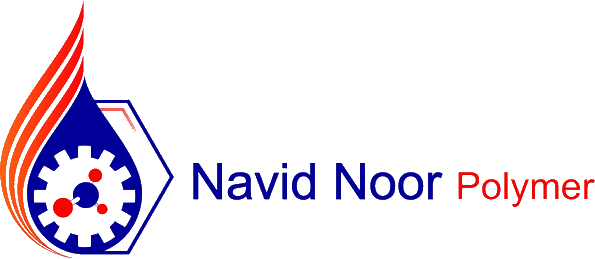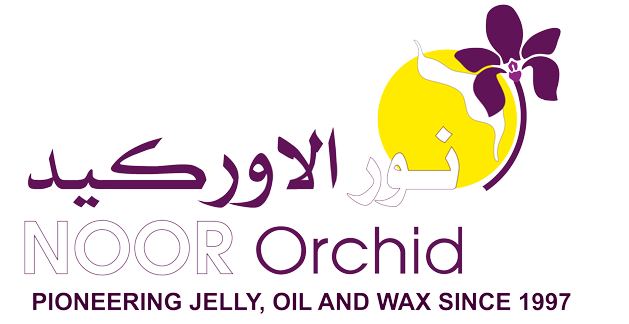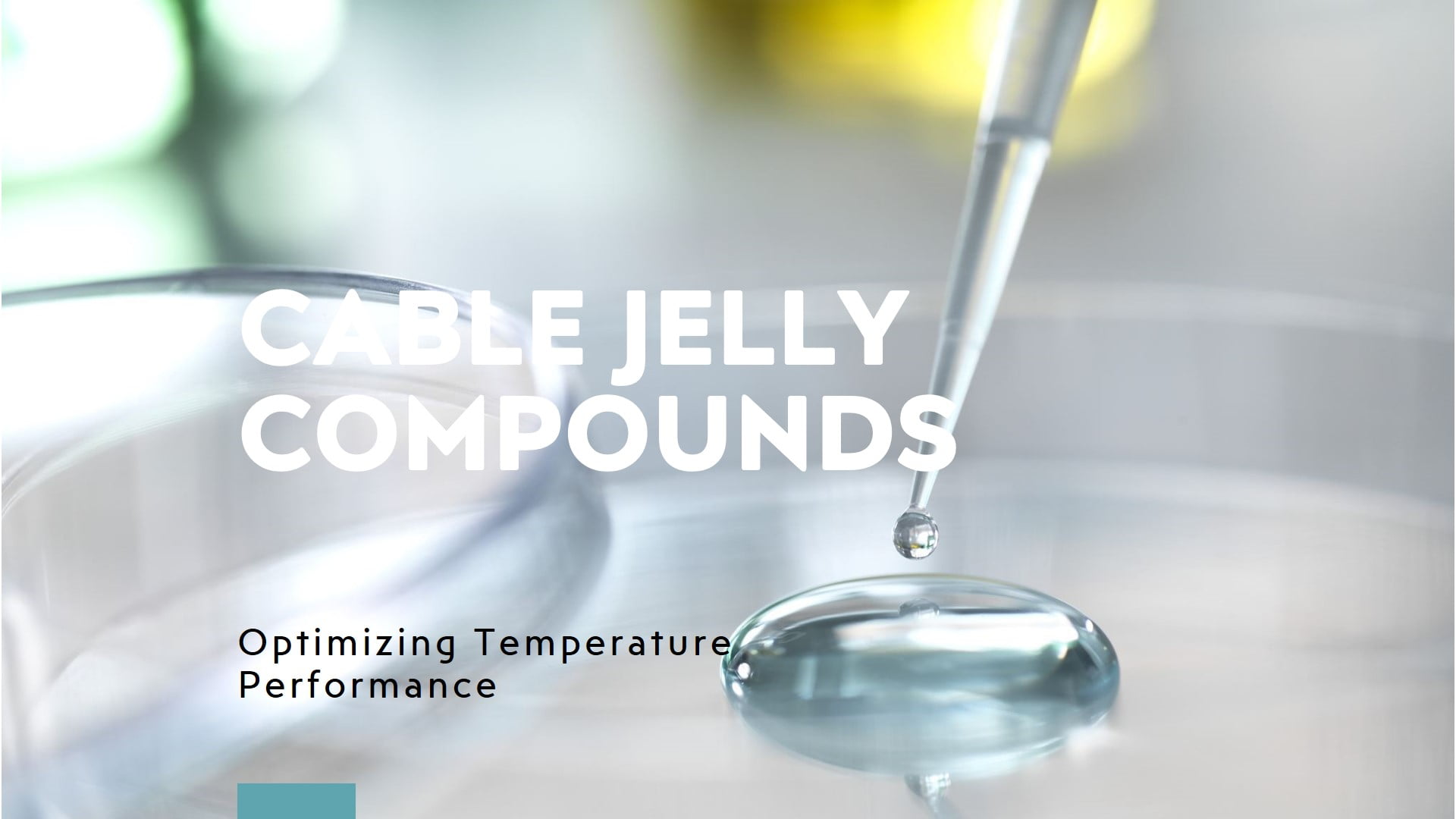The temperature performance of cable jelly compounds is a critical factor in determining the operational range and reliability of cable systems. Different jelly compounds exhibit varying characteristics across temperature ranges, affecting their ability to protect and maintain cable performance. Here’s an overview of the temperature performance of various cable jelly compounds:
1. Petroleum-Based Compounds:
– Operating Range: Typically -40°C to +80°C
– Characteristics:
– Good low-temperature flexibility
– May become less viscous at higher temperatures
– Potential for oil separation at extreme temperatures
2. Silicone-Based Compounds:
– Operating Range: Often -55°C to +200°C
– Characteristics:
– Excellent high-temperature stability
– Maintain consistency over a wide temperature range
– Good low-temperature performance
– Higher cost compared to petroleum-based compounds
3. Synthetic Hydrocarbon Compounds:
– Operating Range: Typically -40°C to +105°C
– Characteristics:
– Improved high-temperature performance over petroleum-based
– Good oxidation resistance
– Maintain viscosity better at higher temperatures
4. Polybutene-Based Compounds:
– Operating Range: Generally -40°C to +90°C
– Characteristics:
– Good balance of low and high-temperature performance
– Less prone to oil separation than some petroleum-based compounds
– Lower vapor pressure, reducing the potential for evaporation
5. Polyethylene Glycol (PEG) Based Compounds:
– Operating Range: Often -30°C to +70°C
– Characteristics:
– Good water solubility (useful for certain applications)
– Less prone to oxidation
– May absorb moisture at high humidity
6. Fluorinated Compounds:
– Operating Range: Can exceed -70°C to +200°C
– Characteristics:
– Excellent chemical resistance
– Very stable at high temperatures
– Typically used in specialized applications due to high cost
7. Vegetable Oil-Based Compounds:
– Operating Range: Typically -20°C to +70°C
– Characteristics:
– Environmentally friendly
– May have limited high-temperature performance
– Can be prone to oxidation
8. Hybrid Compounds (e.g., Silicone-Polybutene Blends):
– Operating Range: Can vary, often -50°C to +150°C
– Characteristics:
– Combine benefits of multiple compound types
– Can be tailored for specific temperature ranges
– May offer improved overall performance
Temperature Performance Factors:
1. Viscosity Stability:
– How well the compound maintains its consistency across temperature ranges
2. Drip Point:
– Temperature at which the compound begins to flow or separate from the cable
3. Pour Point:
– Lowest temperature at which the compound will flow
4. Flash Point:
– Temperature at which the compound may ignite (important for safety considerations)
5. Thermal Expansion:
– How much the compound expands or contracts with temperature changes
6. Oxidation Resistance:
– Ability to resist degradation at high temperatures over time
7. Low-Temperature Flexibility:
– Ability to maintain protective properties without becoming brittle in cold conditions
Performance Considerations:
1. Thermal Cycling:
– How well the compound performs under repeated temperature fluctuations
2. Long-Term Stability:
– Maintenance of properties over extended periods at various temperatures
3. Compatibility:
– How the compound interacts with cable materials at different temperatures
4. Environmental Factors:
– Performance in the presence of moisture, UV exposure, etc., at various temperatures
5. Application-Specific Requirements:
– Different applications (e.g., underground, submarine, aerial) may have unique temperature performance needs
Choosing the Right Compound:
1. Assess the expected operating environment and temperature range.
2. Consider both extreme temperatures and typical operating conditions.
3. Evaluate the trade-offs between performance and cost.
4. Consider any specific industry or regulatory requirements.
5. Test compounds in conditions that simulate the intended application.
Emerging Trends:
1. Development of bio-based compounds with improved temperature performance.
2. Nanotechnology-enhanced compounds for better thermal stability.
3. Smart compounds that adapt properties based on temperature changes.
4. Increased focus on compounds that maintain performance in extreme weather events due to climate change.

This is Kamran Malekian working in the petroleum jelly manufacturing industry for Navid Noor Company since 2013 I am eager to make content in this industry and have a good impact on professional users and people using cosmetic and pharmaceutical products.











No comment